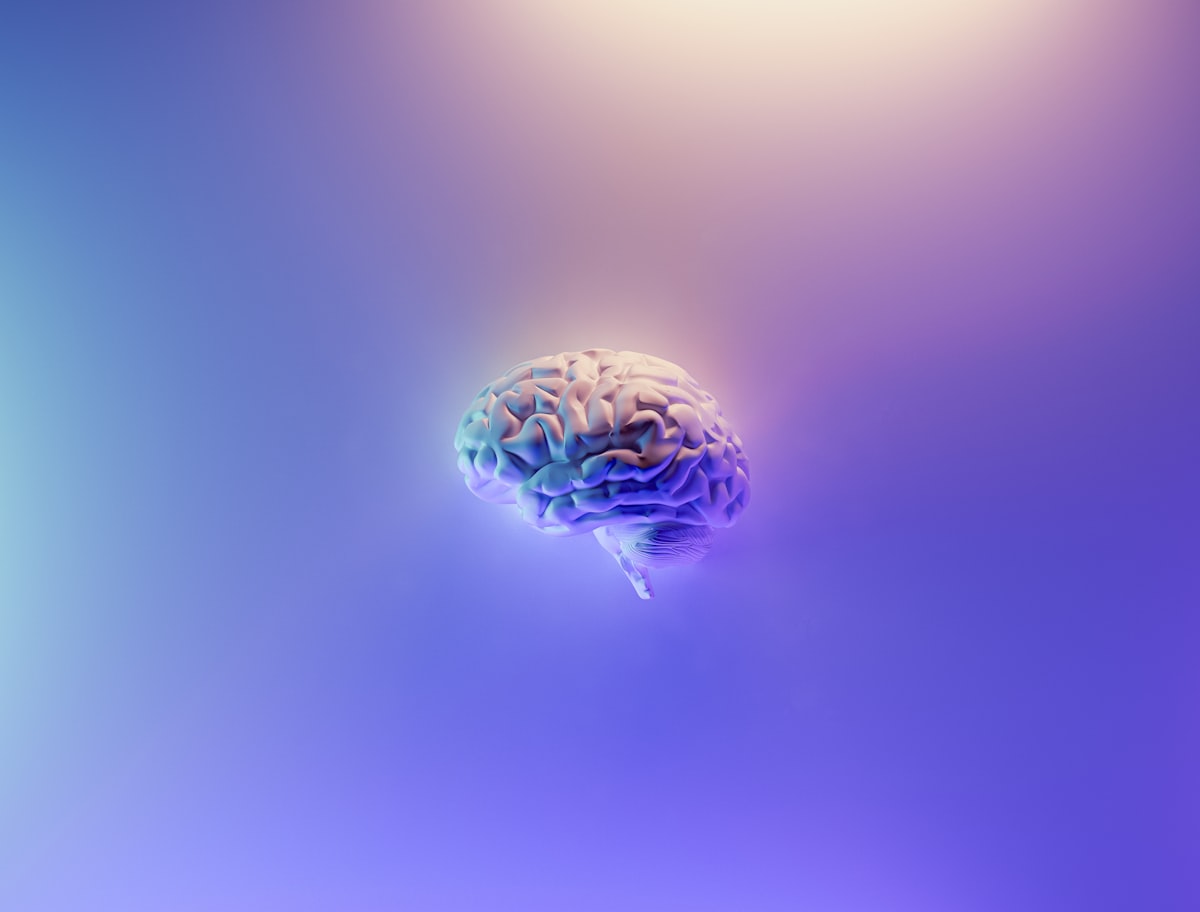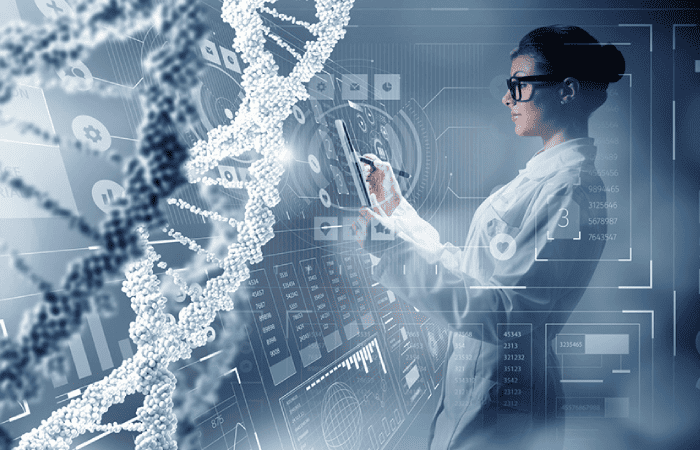What is deep brain stimulation?
Discover the revolutionary technology of deep brain stimulation (DBS) and how it's changing the landscape of neuroscience.

Deep brain stimulation (DBS) is a cutting-edge technology that uses electrical impulses to target specific brain areas, offering new hope for treating neurological disorders. From Parkinson's disease to depression and obsessive-compulsive disorder (OCD), DBS is rapidly gaining popularity as a viable treatment option.
This article delves into the science behind DBS, its history, and its applications, highlighting its benefits, risks, and limitations. Whether you're a patient or simply curious about the latest advancements in neuroscience, this guide will provide you with a thorough understanding of the exciting world of DBS.
What does it do and mean?
Deep Brain Stimulation (DBS) is a medical procedure that involves the implantation of a device, similar to a pacemaker, into the brain. The device delivers electrical impulses to specific brain areas, which can help alleviate symptoms of various neurological and psychiatric conditions. DBS primarily treats movement disorders like Parkinson's disease, essential tremors, and dystonia. However, it has also been used to treat conditions such as epilepsy, obsessive-compulsive disorder (OCD), and depression.
DBS involves the surgical implantation of electrodes into specific areas of the brain. These electrodes connect to a small generator implanted under the chest's skin. The generator sends electrical impulses to the brain, which can help to regulate abnormal brain activity and improve symptoms.
DBS is generally considered a safe and effective treatment option for those who have not responded well to medication or other therapies. However, like all medical procedures, risks include infection, bleeding, and neurological complications. Therefore, discussing the potential benefits and risks of DBS with a qualified healthcare professional is essential before deciding whether it's the right treatment option for you.
What is the history and application?
History
The history of deep brain stimulation (DBS) dates back to the mid-20th century when researchers discovered that electrical stimulation of specific brain areas could relieve symptoms of movement disorders such as Parkinson's disease. However, it wasn't until the 1980s and 1990s that DBS started to gain popularity as a viable treatment option.
The first DBS device was approved by the US Food and Drug Administration (FDA) in 1997 for the treatment of Parkinson's disease. Since then, the use of DBS has expanded to include other movement disorders, such as essential tremor and dystonia, as well as other neurological and psychiatric conditions.
Application
DBS is primarily used to treat symptoms of movement disorders that have not responded well to medication or other therapies. For example, in Parkinson's disease, DBS reduces tremors, stiffness, and bradykinesia (slow movement). In addition, DBS can help reduce tremors and improve hand coordination in essential tremors. In dystonia, DBS can help to reduce muscle spasms and abnormal movements.
DBS has also been used to treat conditions such as epilepsy, obsessive-compulsive disorder (OCD), and depression. In epilepsy, DBS reduces seizures by stimulating the thalamus, a part of the brain that regulates consciousness and sleep. In OCD, DBS regulates activity in the brain circuits involved in obsessive thoughts and compulsive behaviors. In depression, DBS is used to stimulate the areas of the brain involved in regulating mood.
DBS has become an increasingly popular treatment option for neurological and psychiatric conditions. As research in this field continues, DBS will likely be used to treat even more conditions.
What are the benefits?
The benefits of deep brain stimulation (DBS) are numerous and can be life-changing for individuals with certain neurological and psychiatric conditions. Here are some of the key benefits of DBS:
Improved Quality of Life
DBS can significantly improve the quality of life for individuals with movement disorders such as Parkinson's disease, essential tremor, and dystonia. DBS can reduce symptoms such as tremors, stiffness, and difficulty with movement, allowing individuals to perform daily activities more efficiently.
Reduced Need for Medication
DBS can reduce the need for medication in individuals with movement disorders. This is particularly beneficial for individuals who have experienced adverse side effects from medication or who have not responded well to medication.
Reversible
DBS is reversible, unlike other surgical treatments for neurological and psychiatric conditions. The electrodes can be removed if necessary, and the effects of the stimulation will disappear.
Personalized Treatment
DBS is a highly personalized treatment that can be adjusted to suit each individual's needs. The level of stimulation can be adjusted, and different areas of the brain can be targeted depending on the individual's symptoms.
Effective for Other Conditions
DBS is effective for conditions such as epilepsy, obsessive-compulsive disorder (OCD), and depression, expanding its potential applications beyond movement disorders.
Long-term Relief
DBS can provide long-term relief for individuals with movement disorders, with some studies reporting sustained benefits for up to 10 years.
DBS is a safe and effective treatment option that can significantly improve the quality of life for individuals with certain neurological and psychiatric conditions. While it's not suitable for everyone, DBS is an important option for those who have not responded well to medication or other therapies.
What are the risks?
Like all medical procedures, deep brain stimulation (DBS) involves some risks. Here are some of the potential risks associated with DBS:
Infection
DBS involves a surgical procedure, which carries the risk of infection. Infection risk can be reduced with proper sterilization techniques and antibiotics.
Bleeding
The surgical procedure involved in DBS can cause bleeding in the brain, which can lead to neurological complications.
Neurological complications
DBS can cause neurological complications such as speech problems, difficulty with balance and coordination, and cognitive changes.
Hardware-related complications
The device used in DBS can malfunction, move out of place, or cause discomfort.
Side effects
DBS can cause side effects such as nausea, headache, and dizziness. In some cases, the stimulation can cause muscle twitching or spasms.
Battery-related complications
The battery used to power the DBS device must be replaced every few years, which carries the risk of infection or other complications.
It's important to note that the risks associated with DBS are generally low, and many individuals experience significant benefits from the procedure. It's also important to discuss DBS's potential risks and benefits with a qualified healthcare professional to determine whether DBS is a suitable treatment option for you. Regular follow-up appointments with a healthcare professional are necessary to monitor potential complications and ensure the device works properly.
What are the limitation?
While deep brain stimulation (DBS) is a highly effective treatment option for certain neurological and psychiatric conditions, some limitations exist. Here are some of the critical limitations of DBS:
Suitability
Not all individuals with neurological or psychiatric conditions are suitable candidates for DBS. DBS is typically reserved for individuals who have not responded well to medication or other therapies and who have specific symptoms that can be improved with DBS.
Cost
DBS is a costly procedure, and not all healthcare systems or insurance plans may cover the cost of the procedure.
Invasiveness
DBS is an invasive procedure involving surgical implanting electrodes into the brain. This carries a small risk of infection and bleeding, and the surgery can be stressful for some individuals.
Side effects
While the side effects of DBS are generally minimal, some individuals may experience side effects such as speech problems, difficulty with balance and coordination, and cognitive changes.
Limitations of effectiveness
While DBS can significantly improve symptoms in many individuals, it may not work for everyone. The effectiveness of DBS can also decline over time, requiring adjustments to the device or changes in medication.
Long-term maintenance
The DBS device requires regular battery replacements, which can be costly and carry the risk of infection or other complications.
It's important to discuss the potential limitations of DBS with a qualified healthcare professional to determine whether DBS is a suitable treatment option for you. While DBS can improve symptoms and quality of life for many individuals, it's important to consider the potential risks and limitations before deciding to undergo the procedure.
Conclusion
It's essential to consider DBS's potential risks and limitations before deciding to undergo the procedure. While the risks associated with DBS are generally low, the procedure is invasive and carries a small risk of infection, bleeding, and neurological complications. DBS is also costly, and not all healthcare systems or insurance plans may cover the cost.
DBS is an important treatment option for individuals who have not responded well to medication or other therapies. It's important to discuss the potential risks and benefits of DBS with a qualified healthcare professional to determine whether DBS is a suitable treatment option for you.
In addition, regular follow-up appointments with a healthcare professional are necessary to monitor for potential complications and ensure that the device is working properly. With proper consideration and monitoring, DBS can provide significant benefits and improve the quality of life for many individuals with neurological and psychiatric conditions.


